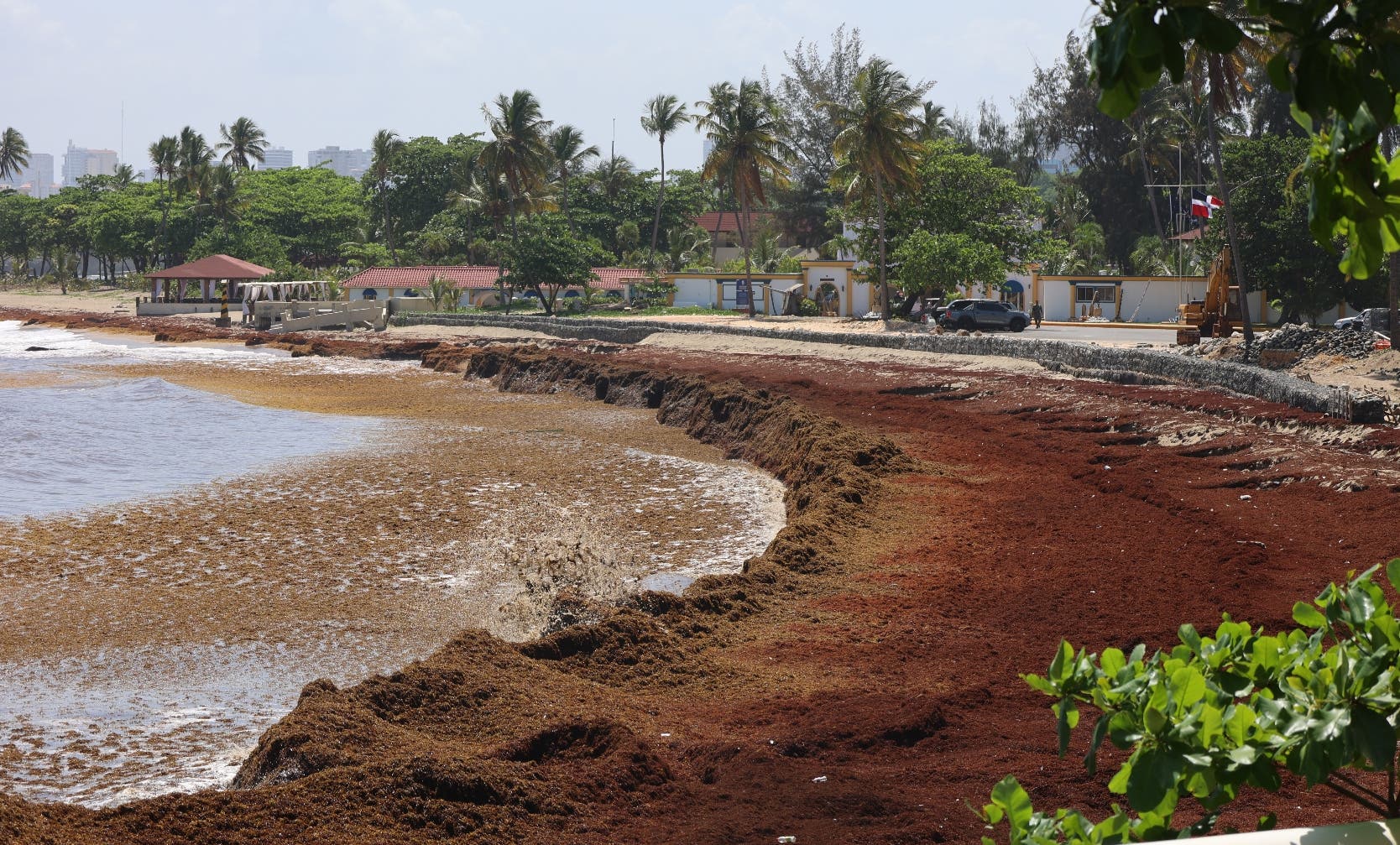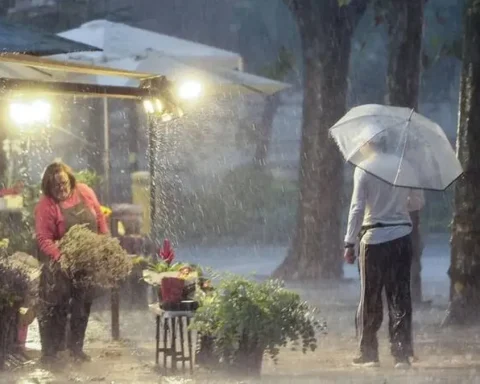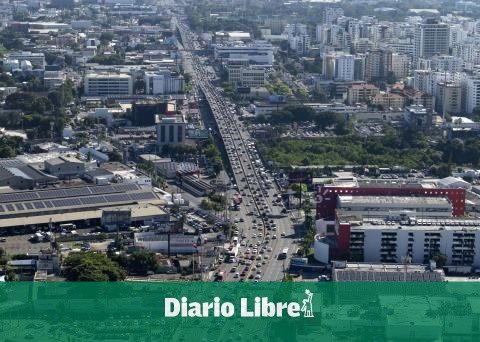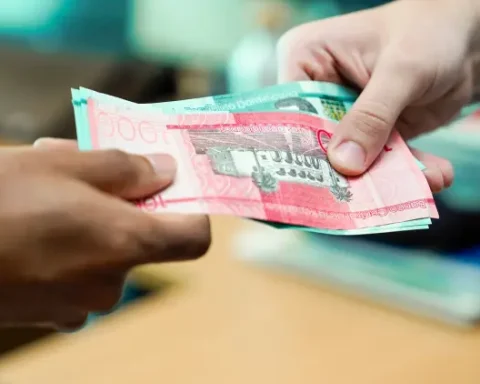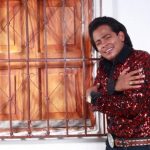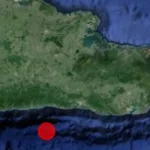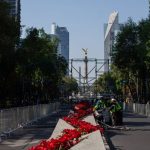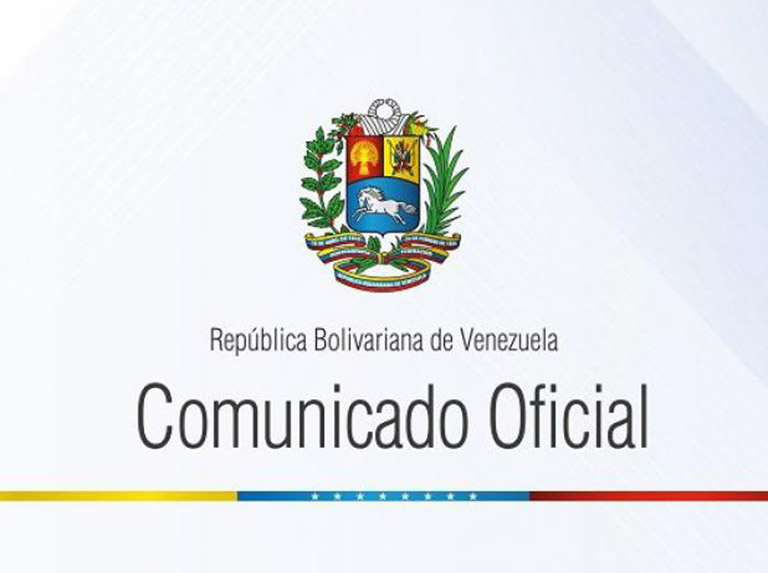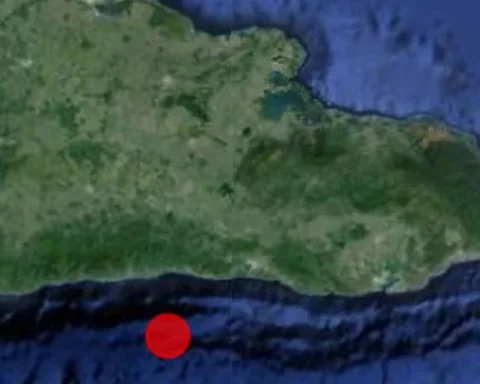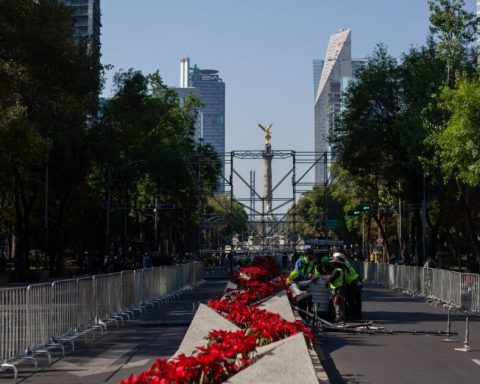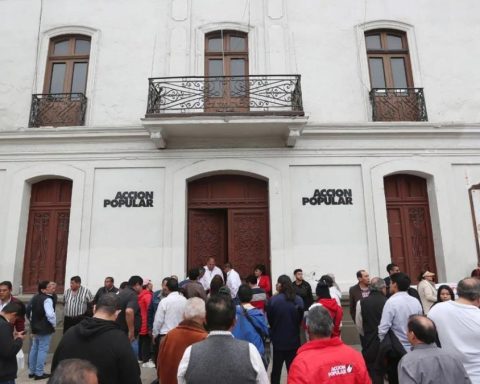The industrialization of seaweed overwhelms the country’s financial capacity, which requires governments and companies to get involved.
The economic cost and ecological damage that sargassum causes to the country is so high that the Dominican Republic is compelled to do everything possible to confront this scourge and the best way to do so is by exercising international leadership so that, through research , micro-algae can be converted into a raw material for the industry, given that the necessary resources can be generated to finance beach cleaning.
In defense of ecology and its tourism, which represents 16% of GDP and generates 330 thousand jobs, the country has become aware of the dimension of the problem and its responsibility in searching for a solution.
And there is evidence that confirms it, in both senses.
As a publication in the newspaper El País points out, signed by Julián Reingold, the greatest damage from sargassum occurs when it arrives en masse in the bays of the Caribbean, accumulates and begins to decompose, releasing heavy metals and toxic gases — such as ammonia and hydrogen sulfide—causing a dead zone where there are almost no fish or corals left, as the water is left without light and oxygen.
Algae can become trapped in the turbines of thermoelectric plants, causing an impact on idle coal plants of $700,000 per day. Meanwhile, hoteliers and tourists see how between May and September the algae that invades the Caribbean coasts between May and September turns the sea brown and the stench threatens tourism, forcing the country to make large investments to mitigate the problem.
According to the Hotel and Tourism Association of the Dominican Republic (Asonahores), each establishment allocates between 30,000 and 70,000 dollars per month to collect sargassum, not counting the cost of purchasing barriers to retain the algae. The annual cost of cleanup per kilometer of coast is estimated between 800,000 and 1.5 million dollars.
In the other sense, the Dominican Republic already has in Punta Cana an open-air laboratory for operations to mitigate the impacts of sargassum and research institutes to try to convert this invasive algae into an industrial input.
Particularly, in the laboratories of the Technological Institute of Santo Domingo (Intec), possible applications are being experimented with as a biostimulant for agriculture, activated carbon for the treatment of acidic water in the closure of mines, advanced oxidation technologies for water purification and alginate for biopolymers. degradable for the manufacture of bioplastics (this algae is already used, although on a small scale, as a component in the pharmaceutical and cosmetics industry and in obtaining biogas, construction materials and in the manufacture of furniture and crafts).
But there is a big problem in the way: the research work to make the industrialization of seaweed possible, which could include the need to subsidize the consumption of the industrialized products that result from the process, has a cost that exceeds the country’s financial capacity. which makes it necessary for different governments and companies to assume the solution to the scourge as their own.
